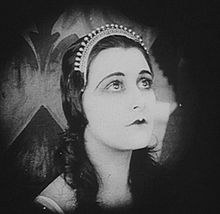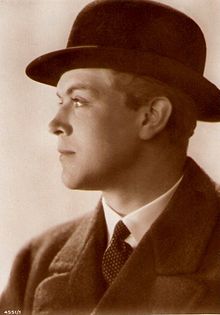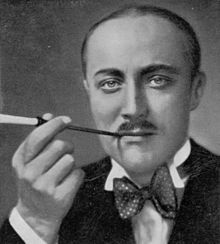The Fugitive from Chicago
The Fugitive from Chicago German Der Flchtling aus Chicago is a German crime and adventure movie produced in 1933 by director Johannes Meyer. The screenplay was written by Max W. Kimmich, Hermann Oberlnder and Hans Martin Cremer after the 1932 novel of the same title by Curt J. Braun. The film was a coproduction between the film companies of Bavaria situated in Geiselgasteig near Munich, where most scenes were shot and Atalanta situated in Berlin. Some scenes were shot at the German motorcycle company, Zndapp. It passed censorship on January 23, 1934, and was presented to the public on January 31, 1934, in Munich and on February 22, 1934, in Berlin.
When the real Werner escapes from jail and arrives in Germany, it looks as if the whole story is up to bust. But Werner needs money, so he convinces Michael to go on like before and hand over all profits of the firm to him. But meanwhile, Michael has become interested in Steffie and feels bad by betraying her. So he went on holiday in a secluded lodge, and after his return, he is somehow changed. Steffie is worried he might have met another woman and at the presentation of a new car model, she demands an explanation from him, but Michael is not able to give her one. Now Werner arrives and begins to court Steffie, who does not recognize him. Still unhappy about Michaels behaviour, she follows Werner into his villa, but when he tries to approach her, she turns him back. Deeply offended, he tells her about his real name, and now Steffie understands why Michael has moved back from her.One day, Werner is shot dead, and Michael is suspected to be his murderer. The only one who believes in his innocence is Steffie. Shortly before his condemnation, the real murderer can be arrested. After his release, Michael disappears without a trace. Steffie, who has looked for him in vain, now hopes to meet him at the reliability test race, where their motorcycles have good prospects. Driven by ambition, Michael really appears there, and Steffie can finally embrace him. ........
Source: Wikipedia




